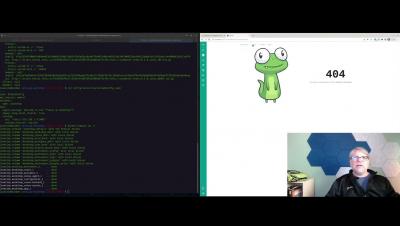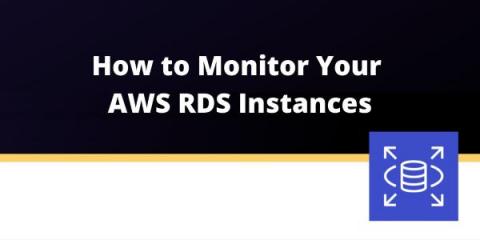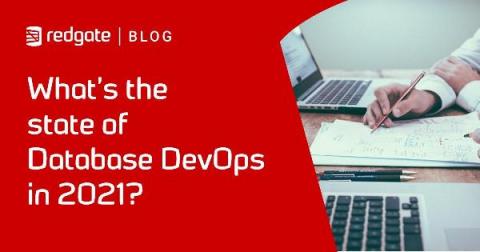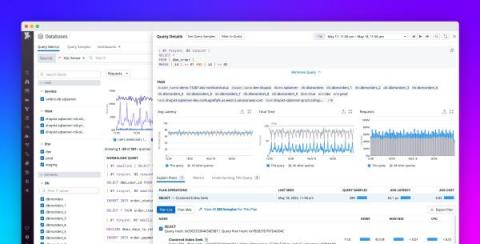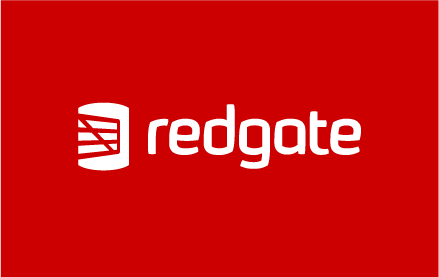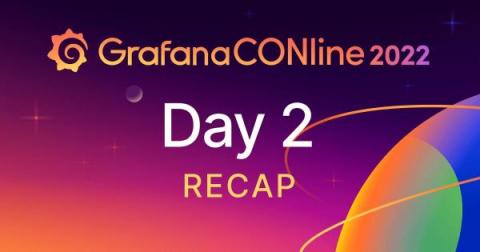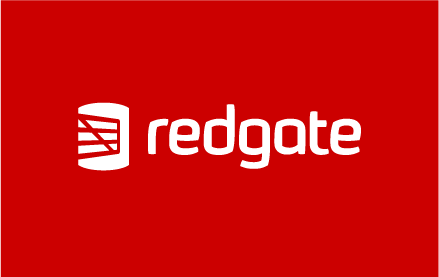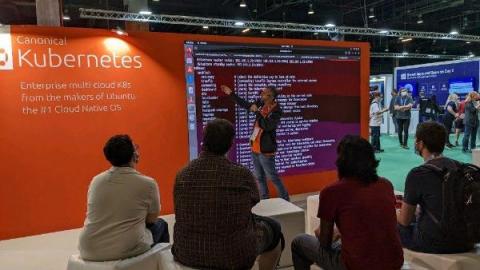Operations | Monitoring | ITSM | DevOps | Cloud
Databases
The latest News and Information on Databases and related technologies.
How to Monitor Your AWS RDS Instances
Even though NoSQL databases like Amazon’s own DynamoDB are very popular today, for many business use cases, there’s almost no way around using a traditional relational database. Amazon Relational Database Service (RDS), released back in October 2009, is one of Amazon’s first cloud services and can therefore be seen as a very mature service.
DevOps 101: Introducing Database DevOps
Monitor SQL Server and Azure managed databases with Datadog DBM
Datadog Database Monitoring (DBM) provides comprehensive visibility into SQL queries running on your databases. Using DBM, you can troubleshoot database performance issues by drilling into frequently used queries and analyzing historical trends in your queries’ metrics and execution plans. Whether you operate self-hosted SQL Server instances or leverage Azure’s fully managed services, DBM can provide deep visibility into the databases your application depends on.
Redgate launches free online library of PASS Data Community Summit 2021 sessions
GrafanaCONline 2022 Day 2 recap: Grafana 9, Grafana Mimir, Grafana Tempo demos, new hackathon projects, and more
The excitement around GrafanaCONline 2022 continues to soar after another day filled with demos of new features and functionalities in Grafana 9, Grafana Mimir, and Grafana Tempo. Plus we learned how a mini arcade turned into a Grafana display; how Grafana transformed into a health tracker, and how, yes, Grafana can run Doom.
Monitoring: The ROI of Build vs. Buy
Is your database on Kubernetes production-ready?
Last May, KubeCon gathered multiple tech enthusiasts, students, professionals, and companies. The event highlighted various topics and insights on how to collaborate on pushing the boundaries of cloud-native computin One of our Engineering Directors, Mykola Marzhan, shared his knowledge about databases on Kubernetes at KubeCon, during a session organised by the DoK.Community. We’ve picked out some of the key highlights from the talk below.
SQL vs NoSQL: Choosing your database
IT leaders, engineers, and developers must consider multiple factors when using a database. There are scores of open source and proprietary databases available, and each offers distinct value to organisations. They can be divided into two primary categories: SQL (relational database) and NoSQL (non-relational database). This article will explore the difference between SQL and NoSQL and which option is best for your use case.
What is NoSQL and what are database operators?
In the previous blog, SQL vs NoSQL Database, we discussed the difference between two major database categories. In a nutshell, the main difference between NoSQL and SQL is that NoSQL adopts a ‘right tool for the job’ approach, whilst SQL adopts a ‘one tool for all the jobs’.


